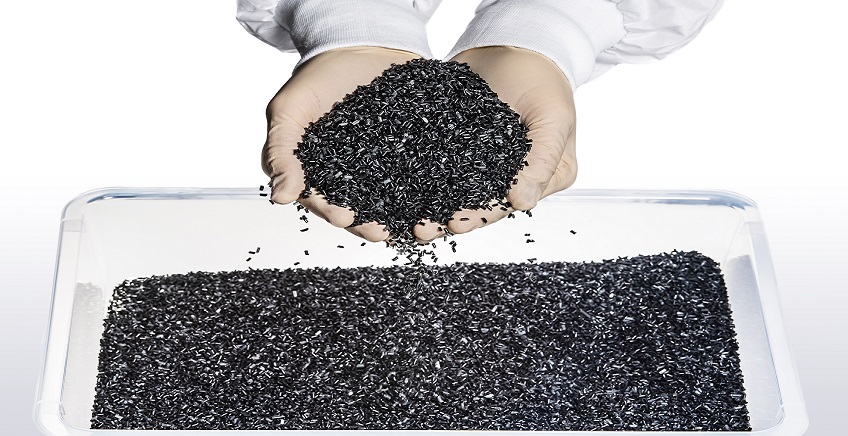Ilan Levin to replace David Reis as CEO at Stratasys
13 June, 2016
Following seven consecutive quarters in the red, and the failure of the MakerBot acqusition, Reis is resigning from his position as Stratasys’s CEO. Former president of Object’s board of directors, Ilan Levin, to fill his place
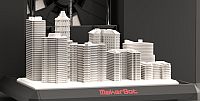
Following seven consecutive quarters in the red, and the failure of the MakerBot acqusition, Reis is resigning from his position as Stratasys’s CEO. Former president of Object’s board of directors, Ilan Levin, to fill his place
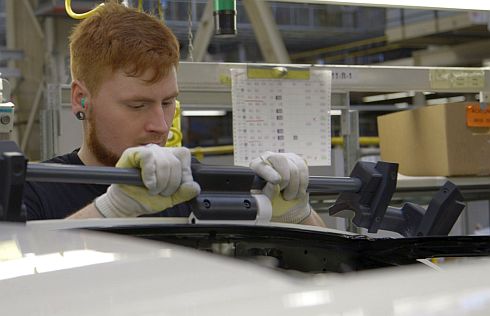
David Reis, CEO of Israeli-American developer of office and industrial 3D printers Stratasys, is retiring after 3 and a half years. Reis will retire in the end of this month (June 2016), and will continue to serve as a member of Statasys’s board of directors. His position will be filled by Israeli CEO Ilan Levin, who previously served president of Object’s board of directors, a company that was merged into Stratasys in 2012. The current reshuffle is taking place in turbulent times for the 3D printer developer – the company’s market cap has declined considerably over the last year following 7 consecutive quarters in the red. From September 2015, Stratasys’s share lost a staggering 82.5% of its value, dropping from $130 to $22.8 per share.
David Reis took office in December 2012, immediately following the completion of the merger with Rehovot Israel based Object. The Object acquisition was estimated to have cost more than $600 million. During his tenure as CEO, Reis was responsible for a string of strategic mergers and acquisitions. In June 2013, Stratasys acquired consumer market oriented 3D printer developer MakerBot for $403 million. In April 2014 it acquired GrabCAD – a developer of cloud based solutions intended to enable engineers to manage and share CAD files used as 3D printer input.
Two consecutive years in the red
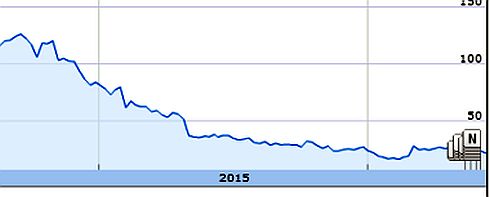
Reis’s resignation does not come as a surprise considering Stratasys’s performance over the past through years. Between the second quarter of 2013 and the fourth quarter of 2014, the company’s revenues grew consecutively from $106 million to an all-time record of $2017. But ever since then, revenues have receded well below the $200 million mark. In the first quarter of 2016, revenues shrunk to $167.9 million, the lowest figure in two years. Worse than that – the company reported seven consecutive quarters of losses. In the last quarter, the company has reported a net loss of $23 million, somewhat better than a staggering net loss of $216 million in Q1 2015.
Makerbot – a deal gone sour
If one was to pinpoint the point where it all went wrong – the failure of the MakerBot acquisition would be a good answer. The deal has caused Stratasys considerable financial and legal trouble. It seems that MakerBot embodies the gap between the vision of a 3D printer in every house, and the difficulties in the adaptation and implementation of this technology by the consumer market.
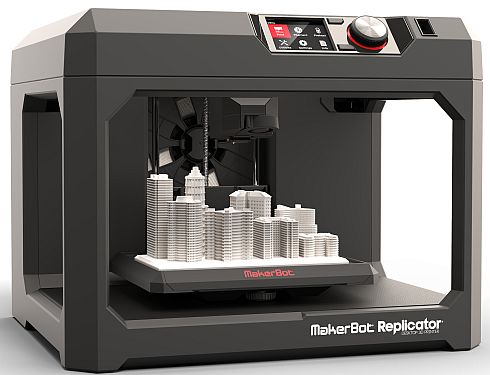
MakerBot prduces home 3D printers intended for printing everyday items such as toys and plastic objects. Stratasys, which until the acquisition as mainly active in the industrial and organizational level, wanted a foothold in the consumer market. But it seems that Stratasys placed too much stock on the home consumer market the home market failed to develop considerably in the years since the acquisition and 3D printing at home is still more of a novelty than a viable sector. The company’s performance was well below expected. Adding to this, Stratasys also had to reduce MakerBot’s Value from its balance sheets.
Adding to these troubles, there were soon many complaints concerning MakerBot’s printers production quality. These issues led some of Stratasys’s investors to sue the company for issuing misleading and even false reports. Following these issues, Stratasys replaced MakerBot’s CEO, as well as conducting a major reorganization plan, letting go of several hindered employees. This Mai, Stratasys announced it is stopping the production of MakerBot printers, outsourcing production to Jabil.
Expansion in the production services sector
Not all of Reis’s moves were a failure. The resigning CEO led an important strategic move, expanding the company’s activities in the production service (3D printing on demand), and this in order to promote the notion of 3D printing based production in the industry.
In April 2014, Stratasys acquired Solid Concepts and Harvest Technologies for several hundred millions US dollars. Solid Concepts specialized in service solutions for vertical industries, while Harvest specialized in the fields industrial components production and materials meteorology in 3D printing.
An in-house successor
Ilan Levin will replace Reis as Stratasys CEO in July 1 2016. “I am honored to be taking on the role as CEO and to continue working with the global Stratasys team to advance our company’s goals and values,” said Levin. “we are confident that Ilan’s understanding of the company’s business and strategy will enable him to build upon Stratasys’ market position, foster a smooth transition and successfully advance the company’s strategic vision.” said the company’s Chairman of the Board, Elan Jaglom. Reis welcomed his successor sayinf that “The time has come to transition leadership, and I am extremely pleased to have a highly-capable successor who has extensive knowledge of all aspects of Stratasys, including our technologies, markets and strategic roadmap. Ilan is an additive manufacturing pioneer, and has been a key figure in our industry for many years. I am confident in his ability to conduct a seamless transition and lead our company into the future”.
Posted in: Electronics Industry , News

